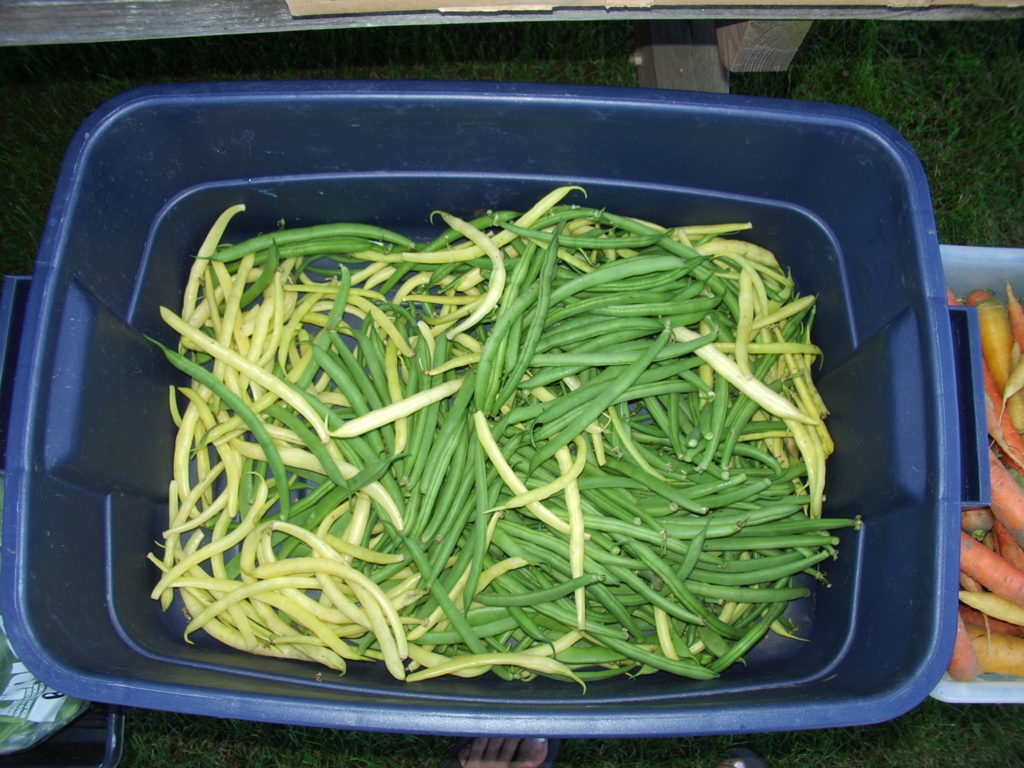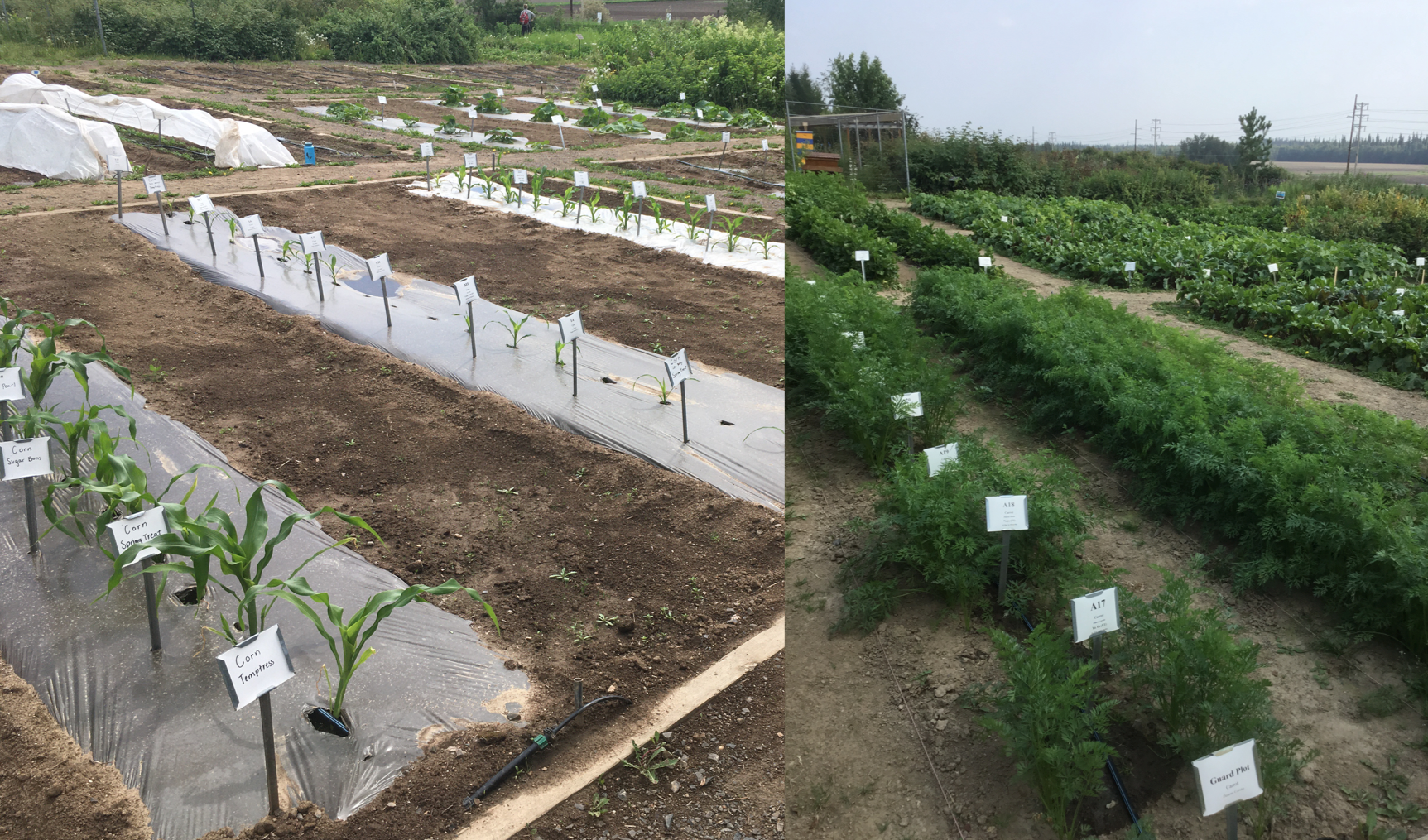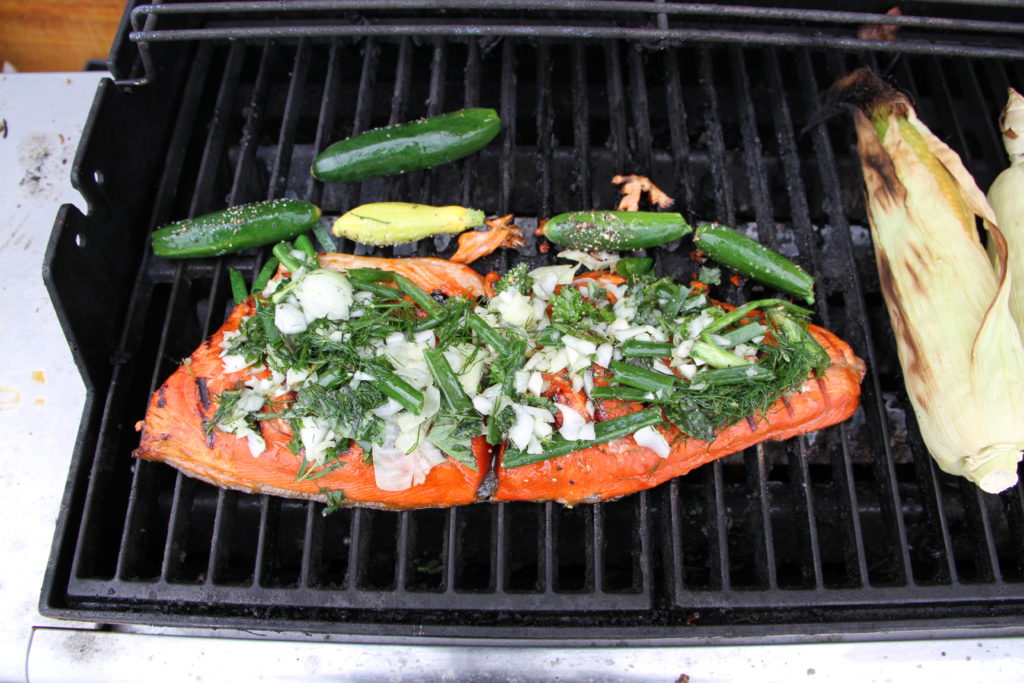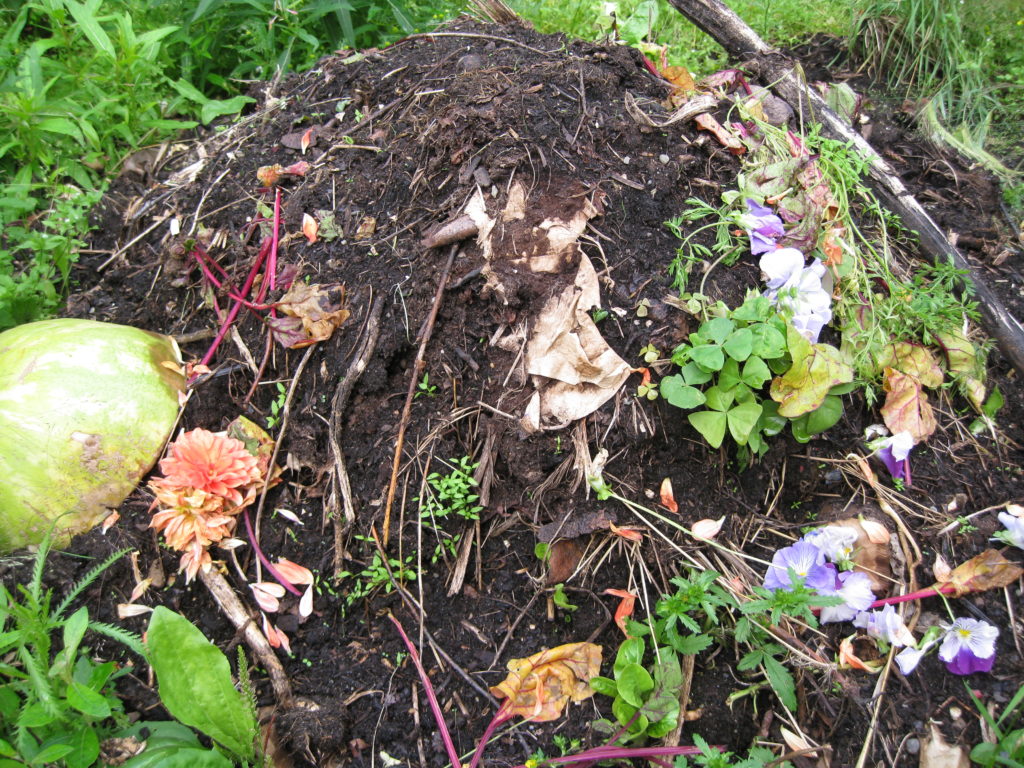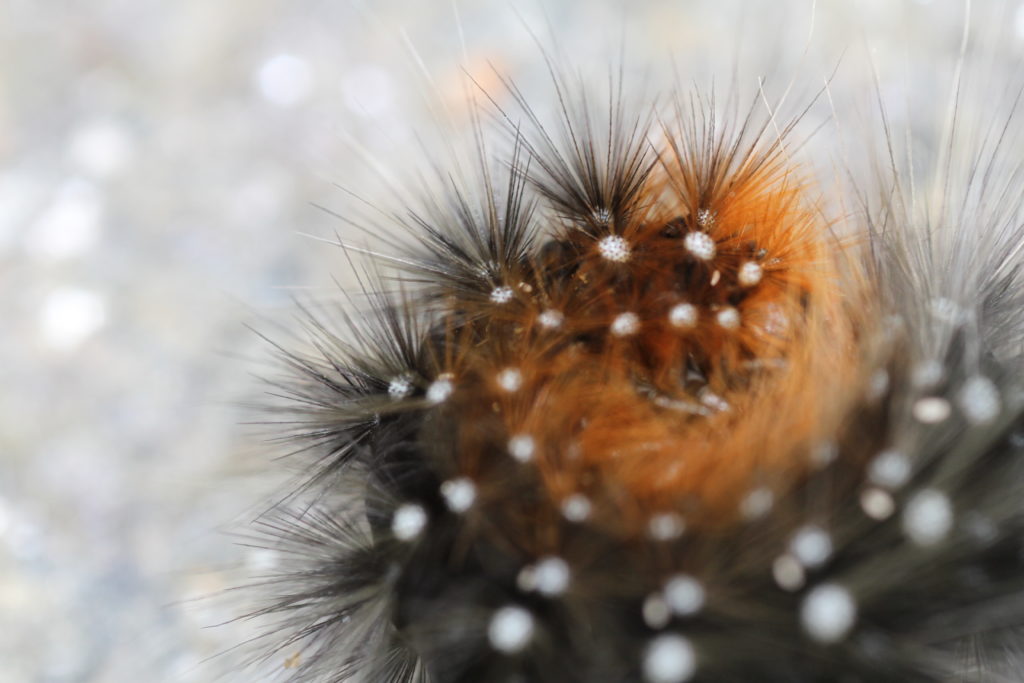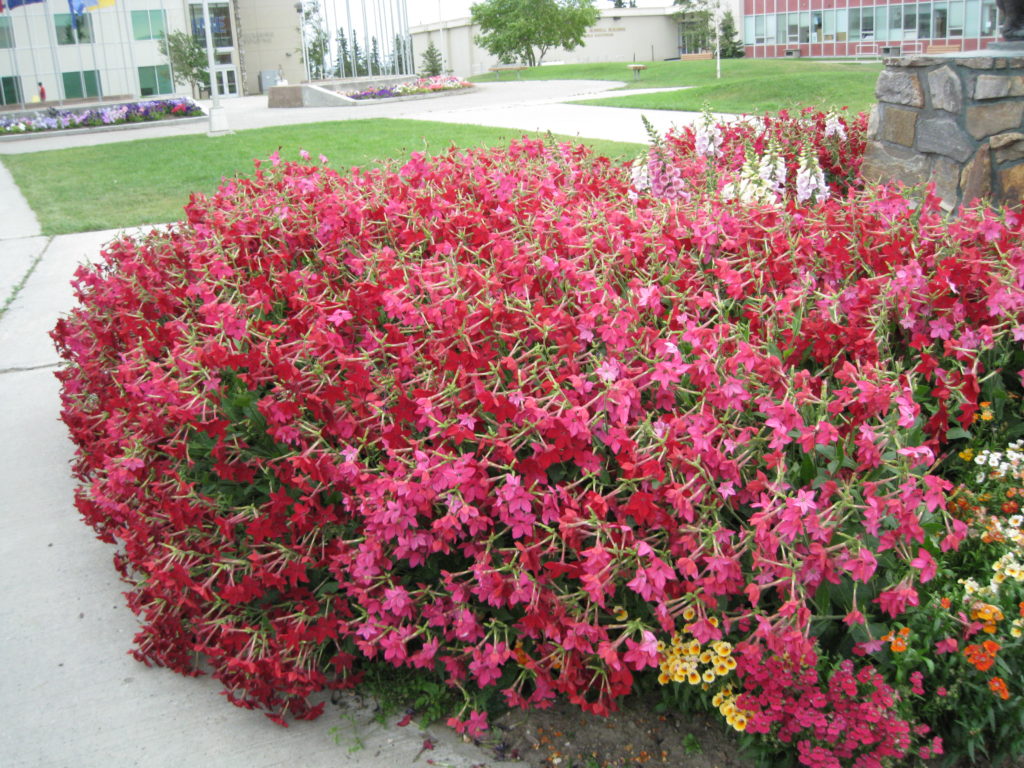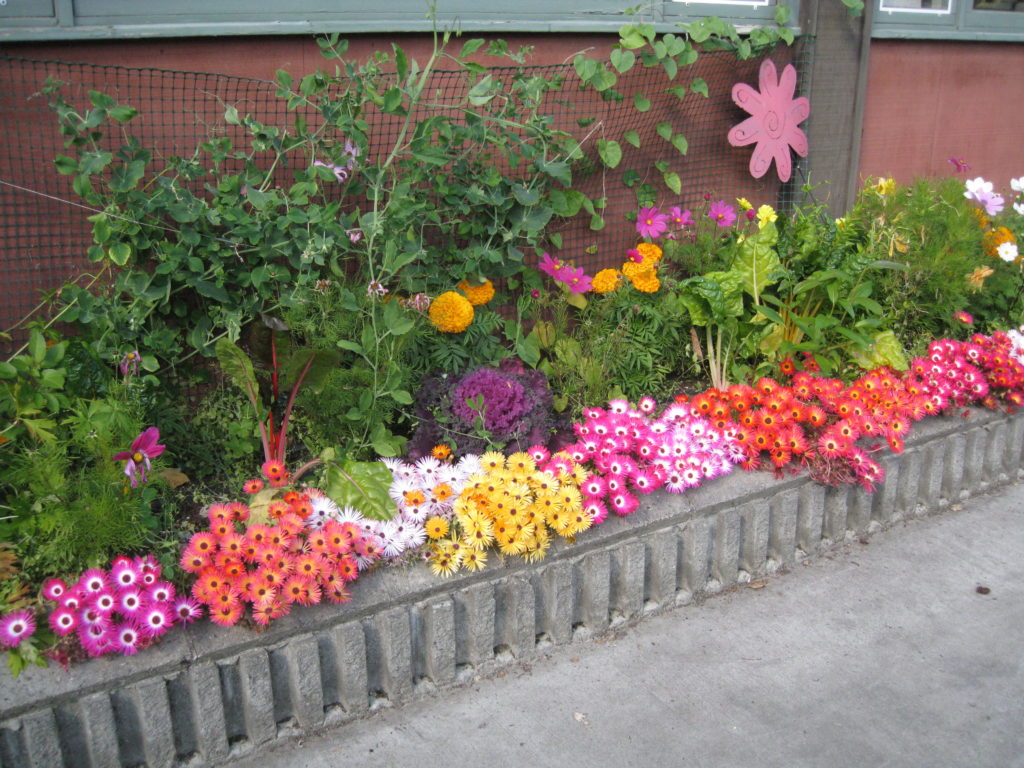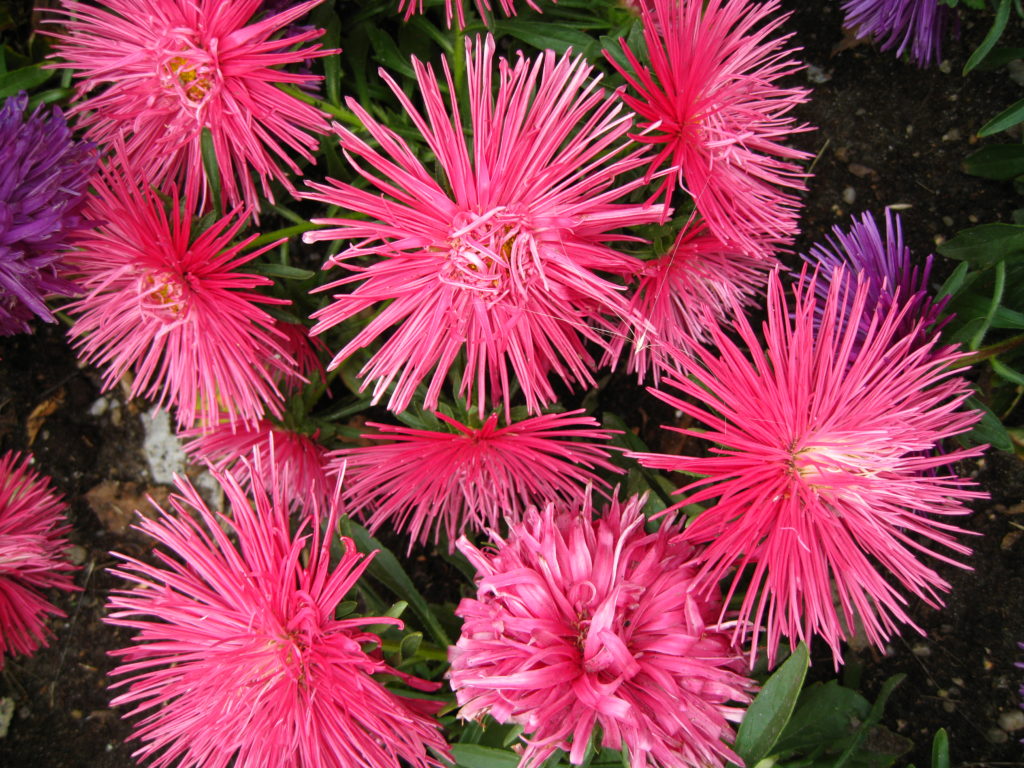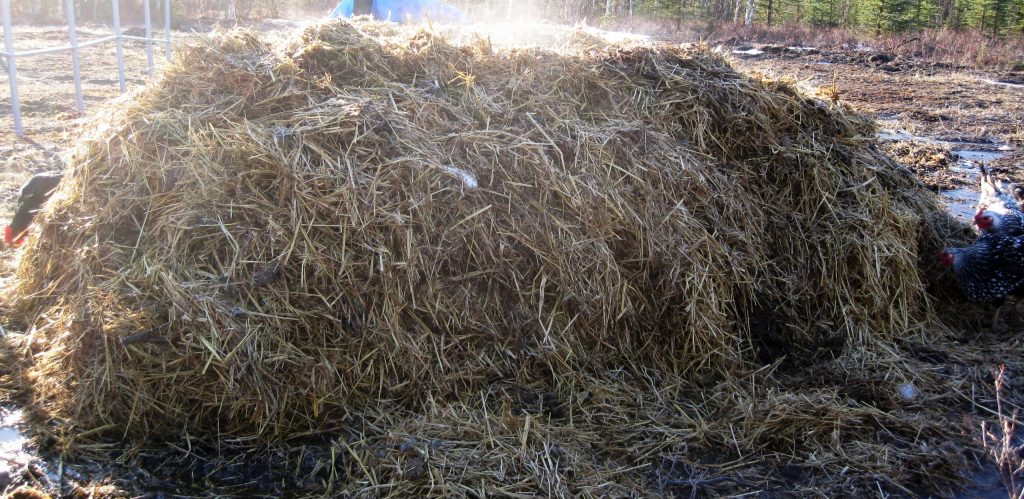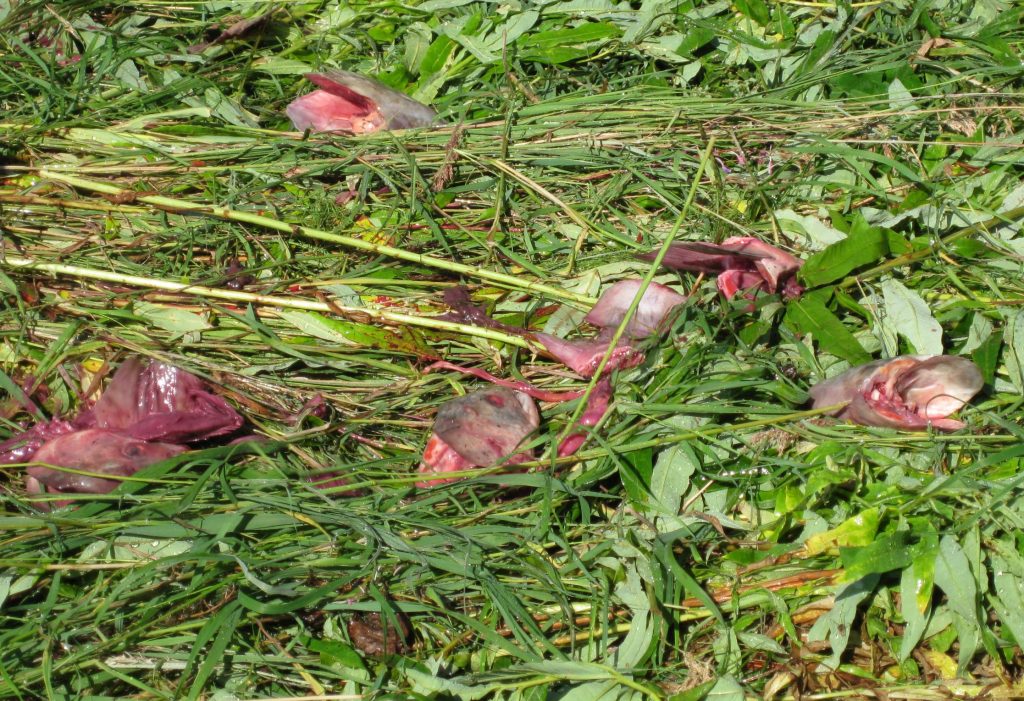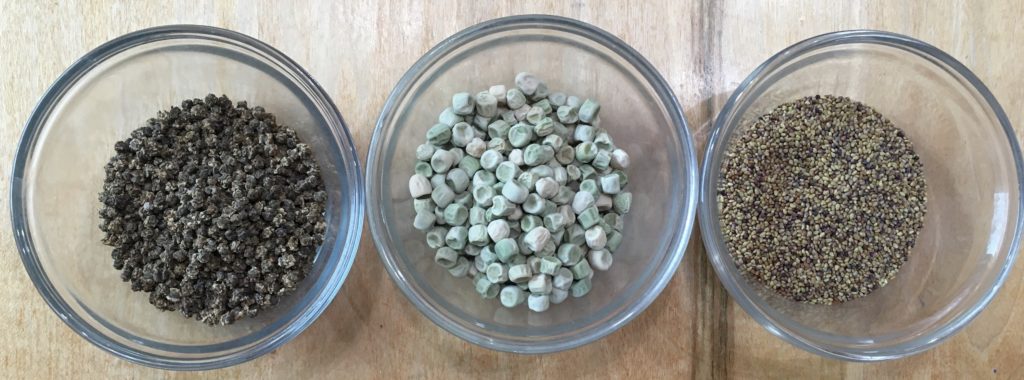Vibrant Hanging Baskets—A Recipe for Success
In Alaska, we make up for our white winter palette with an abundance of vivid, gushing hanging baskets in the summer. How can you get your own colorful basket this summer?
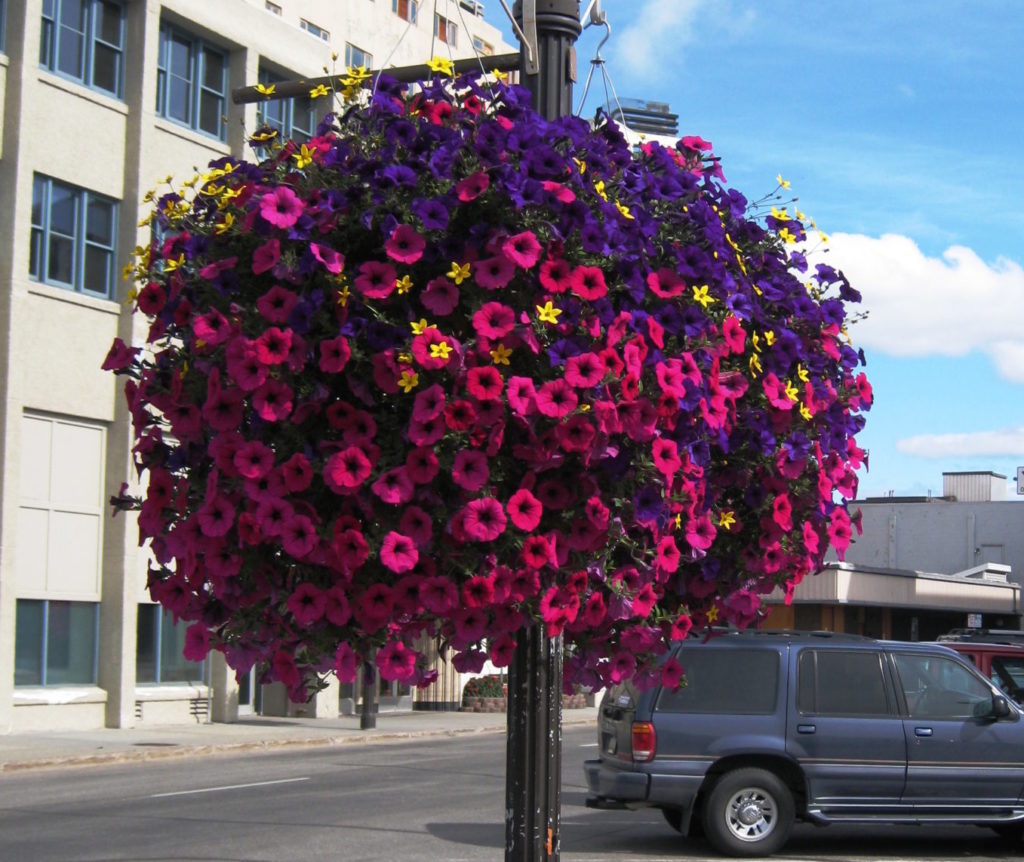
A petunia ball in downtown Fairbanks.
One of my favorite baskets around Fairbanks looks like a ball of petunias. They are planted by Festival Fairbanks; so I asked Julie Jones, the executive director, what her recipe for success was.
She said they start with a 14-inch Cordova basket, which is just a round, plastic hanging basket with drainage holes. This surprised me because when looking at the baskets, they were so full it looks like the flowers were coming out from every which way. So-called flower balls use a wire basket and a liner that allows you to cut holes and plant on the sides and bottom of the basket and even on top. You could also use a hanging plastic bag with holes on it — sometimes called blooming bags or flower pouches. The downside of these methods is that you’ll probably need more plants and they will also likely dry out more readily due to the additional holes throughout the basket.
Jones said they use as many as seven and as few as three plants for each container, but usually five. Two are blue wave petunias, two wave petunias of another color and one other splash of color. In the picture shown, there is also yellow biden, which has been dwarfed by the wave petunias. A huge plus for wave petunias is that they do not need to be deadheaded. Most other annual flowers regularly need the trimming. Volunteers start the baskets in greenhouses about four to five weeks before distributing them downtown in early June for tourists and locals to enjoy. Continue reading
